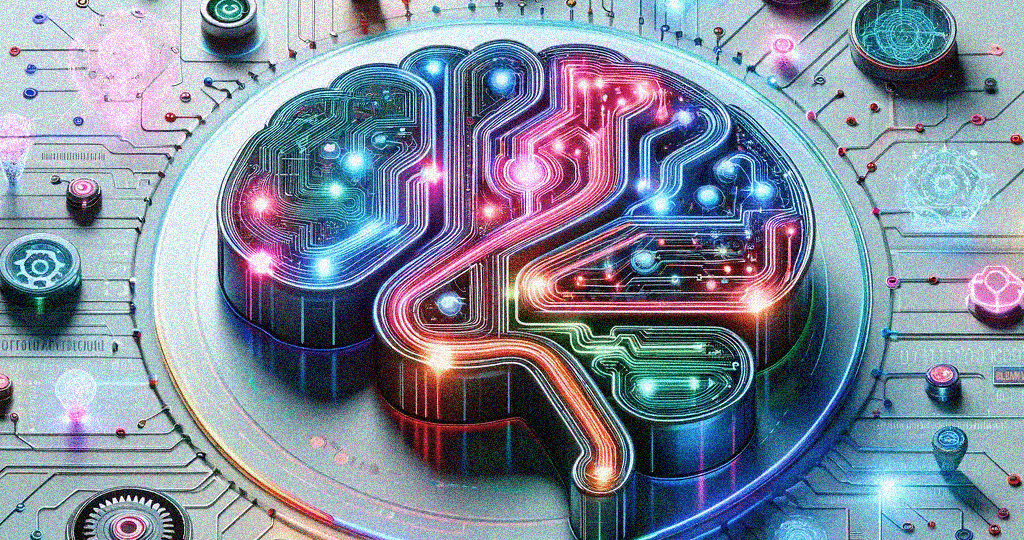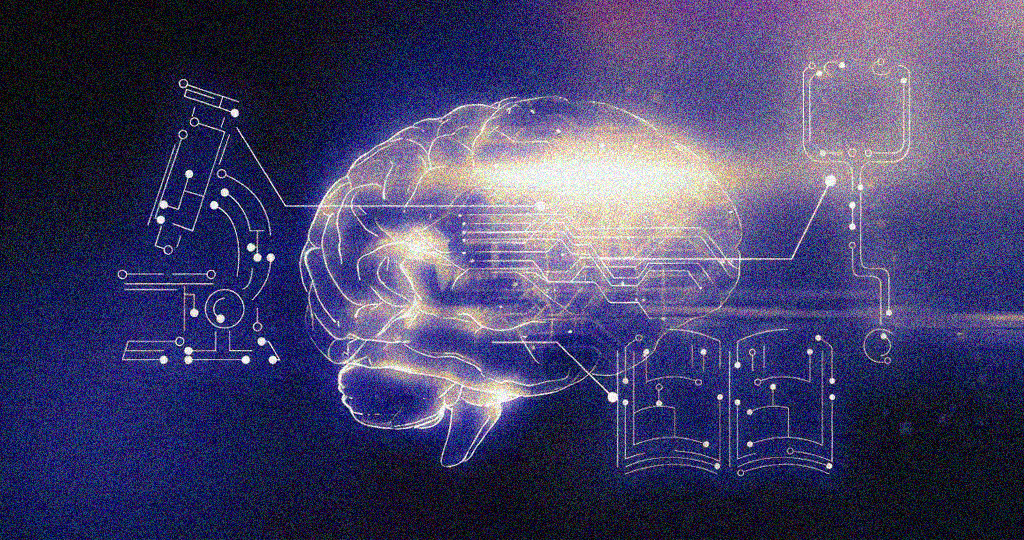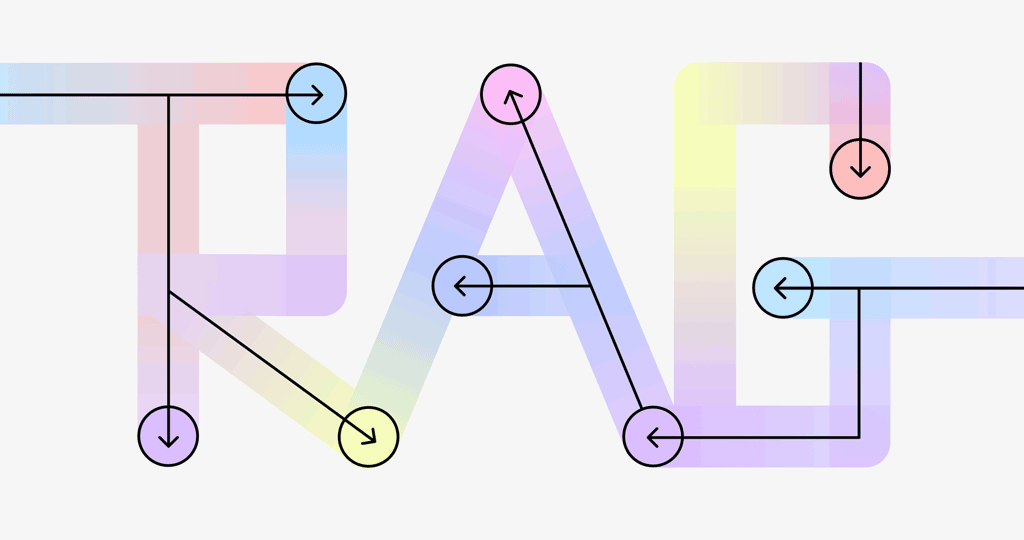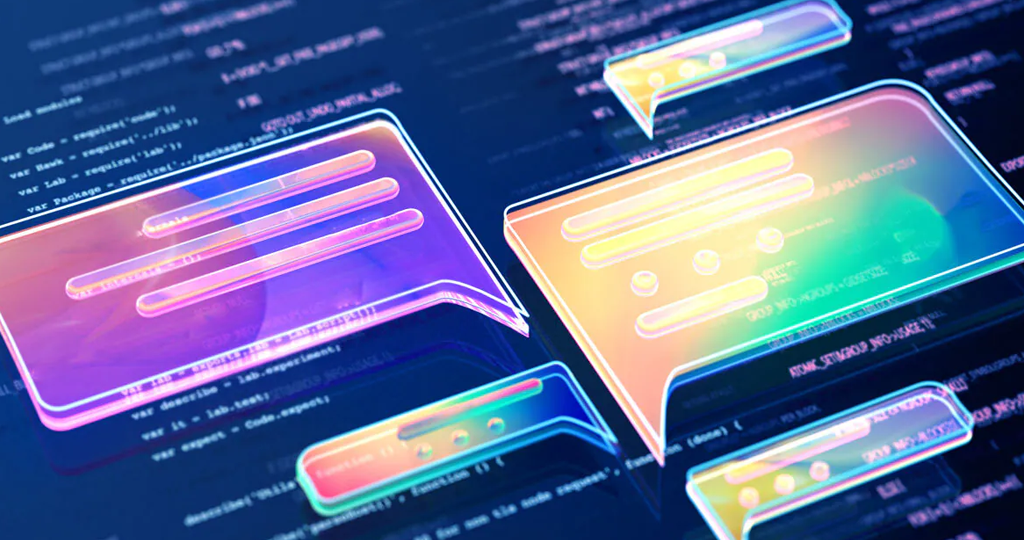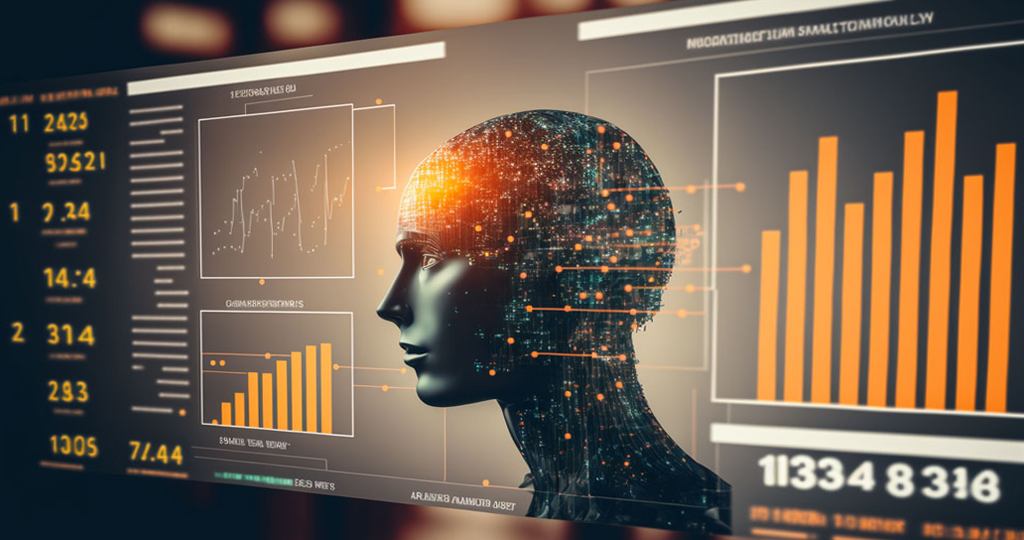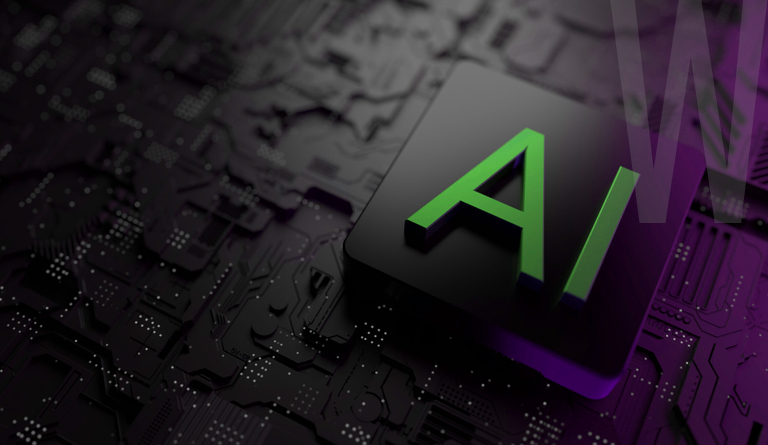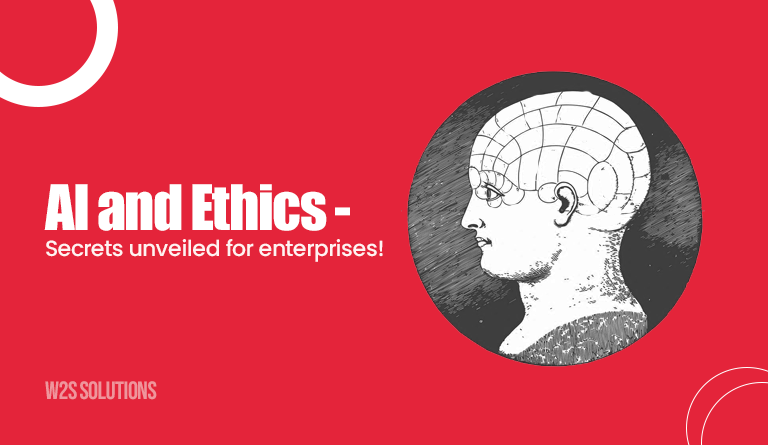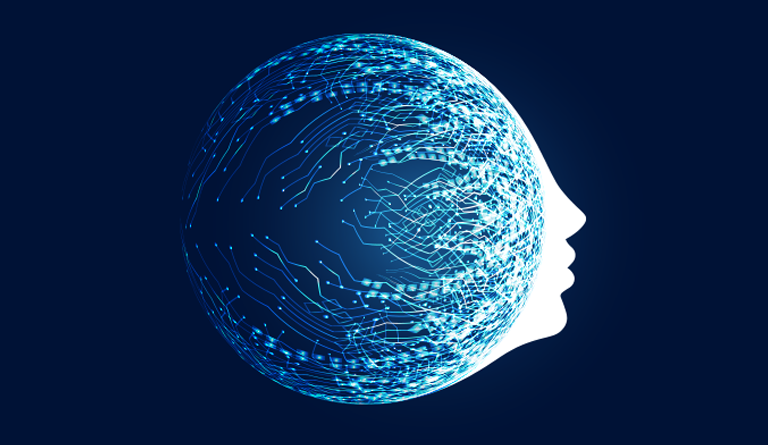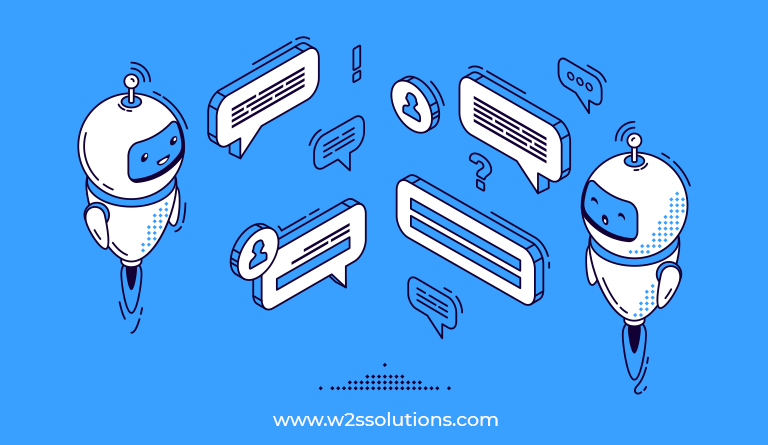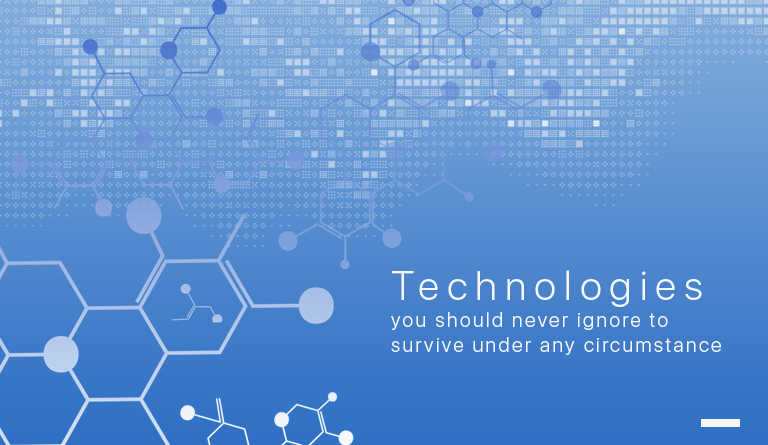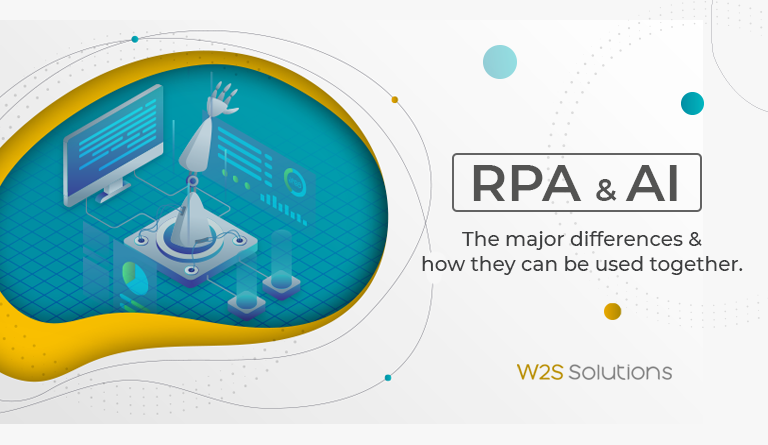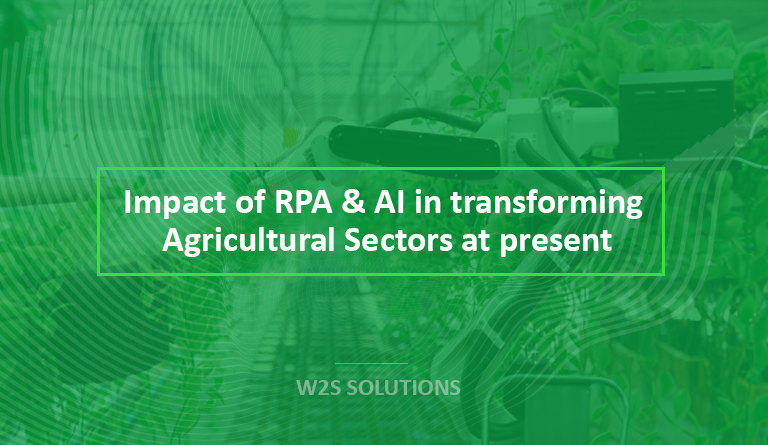As technology evolves day by day, artificial intelligence is playing a major role in restructuring how we design and manage the technology infrastructures. To stay competitive and innovative in this modern era, it is necessary for businesses and industries to adapt AI driven technology architectures.
What is Technology Architecture?
Technology architecture is the overall design of a system, which includes hardware, software, networks, and databases. It acts as a blueprint that ensures all the technology components work together effectively. These systems were more rigid and static in the traditional days, but the rise of AI is helping businesses to make considerations and rethink their infrastructure in more dynamic and flexible ways.
How AI is Restructuring the Architecture of Technology
Ai is entirely changing the way how we design and build technology, here are some ways how AI is influencing technology
Data Driven Design
To work effectively AI relies on quality data, so companies need to build systems that have the ability to collect valuable data, store it properly. The idea is to integrate the data and real-time analytics, so that the system can grow and be able to handle more data over time. This is crucial as the business keeps on producing numerous data.
Decentralized Systems
AI systems, which work with the help of machine learning, need decentralized computing resources. Technologies such as cloud computing and edge computing support this decentralization, by permitting AI models to process data closer to its source, reducing the delays and making the system run faster and more efficiently.
Automation and Self-healing
AI can help the systems automatically adjust when things change or even fix themselves if anything goes wrong. AI can predict when a part of the system might fail and fix it before it causes any issues. This reduces the need for human involvement and helps the systems to run smoothly.
Integration of AI into Core Systems
AI is just more than a tool implemented to the existing systems, it is turning to a core part of the architecture. Whether it is using machine learning to improve business operations or natural language processing in the process of managing data, AI is helping the systems take decisions rapidly and work more efficiently.
Enhanced Security
AI also makes the systems more secure. There are more chances for security risks as more systems get connected. AI can identify unusual activities faster and more accurately than the traditional methods. This makes it necessary for the businesses to build AI driven security features into their infrastructure to protect data that are sensitive.
AI Driven Innovation in Technology Architecture
Smart Infrastructure
AI is enabling smart infrastructure in various environments, like cities, factories, and offices. Buildings equipped with AI can adjust lighting, heating, and cooling depending on the number of people inside. Automated traffic systems use AI to manage the traffic flow in real-time. These systems require flexible, scalable architectures that can handle multiple sensors and data outputs.
Software Development
AI is bringing a big revolution in software development. Machine learning algorithms help to automate repetitive tasks such coding, detect bugs, and predict the outcomes of the project. This change requires technology architecture that supports AI in each and every phase of software development, from design to deployment.
Personalization and Customer Experience
By enabling highly personalized experiences AI has stepped up customer service, where AI-powered chatbots and virtual assistants can provide instant support while recommendation engines offer tailored product suggestions. Businesses now need the technology architectures that can manage data of the customer and deliver personalized services in real-time.
Challenges in AI-Driven Technology Architecture
Complexity of Integration
Adding AI into old systems can be tricky. It may need the system to have new hardware, learning new tools, and training employees. Companies should have space to spend both time and money on updating their systems and building new skills.
Data Management
Ai needs a lot of data to work properly. Taking care of this data, such as storing it safely and keeping it organized, is a major task. Businesses need clear rules to ensure their data is correct, protected, and are following the privacy policy effectively.
Scalability
To meet the growing demands, AI systems must be scalable. Systems must be able to handle more complex tasks, bigger amounts of data, with faster speed as AI gets more advanced. Being able to scale is a basic thing to stay successful.
Ethical Concerns
There are serious concerns about how AI affects privacy, fairness, and bias. The tech teams must build systems that are fair and open. It is important to make sure AI makes decisions fairly and can be trusted.
The Future of Technology Architecture
In the upcoming years, AI will be part of nearly all tech systems. From handling data to keeping the system safe and secure, AI is now changing the way how companies work and grow. To keep up with the trends, companies must build systems that are flexible, secure, and able to grow with change.
Using AI can help the companies perform better, find new chances to grow, and stay ahead of the competition. Any company that wants to stay ahead in this AI-focused world needs to invest in smart, AI-based systems.
At W2S Solutions, we help forward-thinking enterprises build intelligent, scalable, and secure AI solutions tailored to their unique needs. From AI strategy to system integration, we do more than deliver tech, we design the future.
👉 Let’s build smarter systems, together. Talk to our AI experts today.
